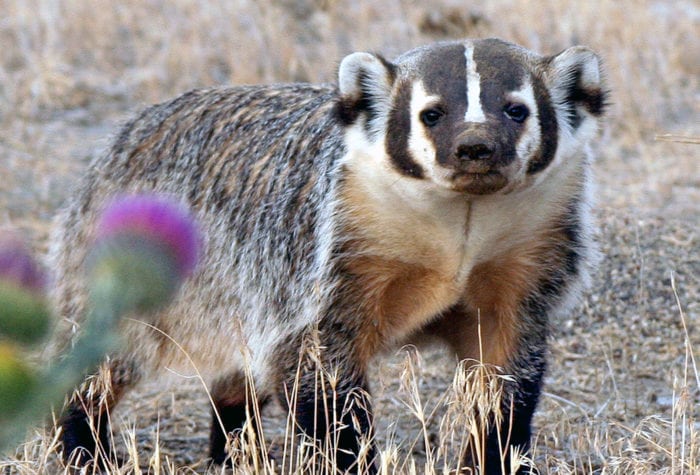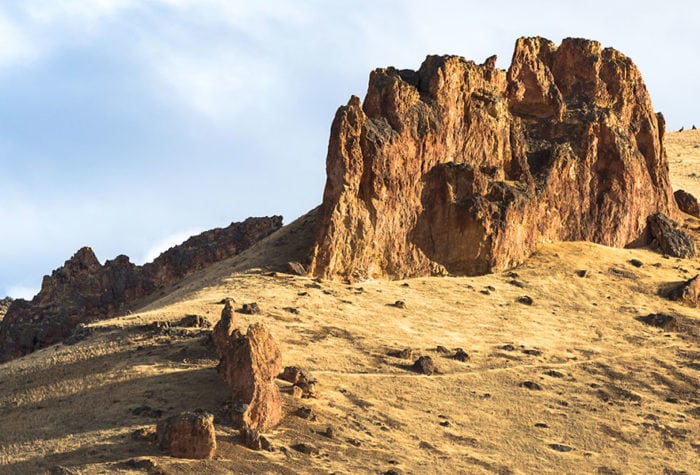Last Updated: April 14, 2020
It’s mid-April 2020 and we are seeing a positive response to Governor Brown’s stay at home order that is helping to keep COVID-19 cases at levels hospitals can handle.
The stay at home order allows us to get outside to exercise and enjoy nature, and doing so is important for mental and physical health. So, the burning question for many people is: What’s the right thing to do?
Top line: We all need to practice strict social distancing to help minimize the intensity and spread of COVID-19. You’ll need to adjust your recreation accordingly. This isn’t the time to look for loopholes or technicalities or justify a recreation as usual approach. Social distancing only works if we all keep doing our part.
At ONDA, we are following the state orders and the outdoor recreation best practices offered by the American Hiking Society, Outside and High Country News.
We recommend the following guidelines for recreating responsibly:
- If you are sick or have any symptoms, stay home.
- Recreate close to home. Do not travel to recreate, as you would be increasing contact every time you stop for gas, bathrooms, food, et cetera. Small towns have limited healthcare resources.
- Avoid high-risk activities and stay in the frontcountry. This will help medical resources and search and rescue be directed towards the outbreak, not recreation-inflicted injuries.
- Be aware that many public lands are closed to access. See our list of land closures for a desert-wide summary.
- If the streets or a park is crowded, try a different route, or going at a less popular time.
- When you go outside, stay 6 feet away from anyone else, give wide passing spaces, and let people know if you are overtaking them.
- Wash your hands before and after going outside your home. Avoid touching surfaces as much as possible.
- Don’t recreate with anyone who is not in your household or isolating with you. All contact increases potential for the virus to spread. Go solo or in small groups from your household.
We know these guidelines will impact your normal recreation plans, but they don’t mean you can’t enjoy the outdoors. Many public parks and trails are still open for recreation, if you are Portland-based, check the latest updates from Oregon Metro and Portland Parks and Recreation.
And, here are just a few ways to stay active and inspired from your home:
- Discover Oregon’s desert and get stoked for future adventure with ONDA’s High Desert Academy!
- Take action to protect the desert by engaging in ONDA’s advocacy efforts.
- Observe nature in your neighborhood. Start a nature journal or contribute to a collective database.
- Plan ahead and prepare for desert adventures so you’re ready to get out when it’s safe to do so again. Map your route for a section hike on the Oregon Desert Trail. Fix your gear. Dehydrate camping meals.
- Look through your photos from past desert trips. Submit your best for consideration for ONDA’s Wild Desert Calendar.
- Keep up your training from home with a seven-minute workout, streaming yoga classes, or even running a marathon on a balcony.


